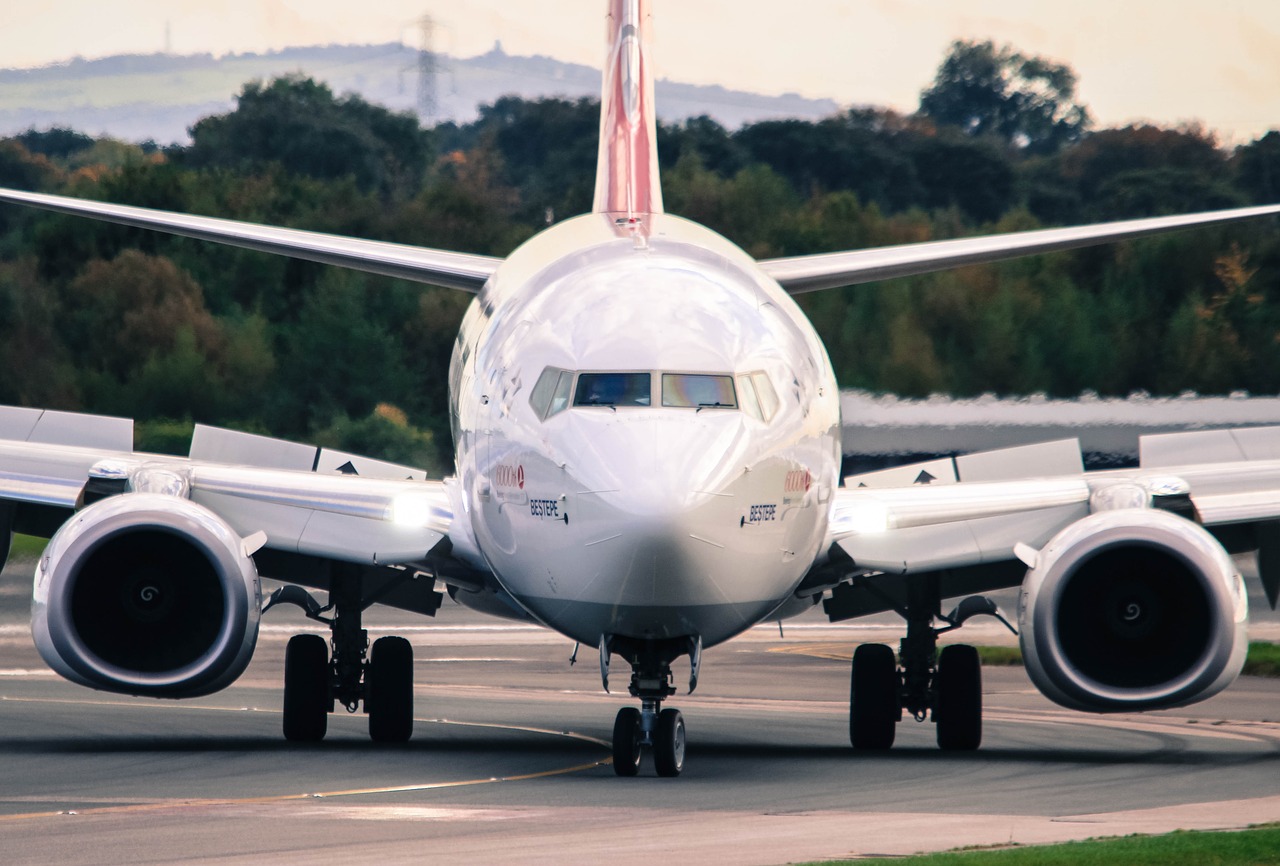A US House Transportation and Infrastructure Committee report determined Wednesday that both Boeing and the Federal Aviation Association (FAA) were at fault in certifying and developing Boeing’s 737 MAX airplane, which killed 346 people.
In March 2017 the FAA granted a certificate to Boeing for the 737 MAX airplane. Eighteen months later, in October 2018, Lion Air flight 610 crashed 13 minutes after takeoff, killing all 189 passengers and crew. Less than five months after that, in March 2019, Ethiopian Airlines flight 302, crashed six minutes after takeoff killing all 157 passengers and crew. As a result of these fatal crashes, the House Committee on Transportation and Infrastructure launched an investigation into the cause of the crashes and the methods by which the 737 MAX was designed, developed and certified.
The report points to five main factors that contributed to the malfunction of the 737 MAX airplanes: production pressures, faulty design and performance assumptions, culture of concealment, conflicted representation, and Boeing’s influence over the FAA’s oversight structure. Boeing felt significant pressure to compete with Airbus’ new A320neo aircraft. This pressure caused them to cut costs and maintain the production timeline. Boeing also made faulty fundamental assumptions about critical technologies on the 737 MAX. More specifically Boeing assumed that pilots unfamiliar with MCAS—software that automatically pushes the airplane’s nose down in certain conditions—would be able to correct any potential malfunction. In addition, Boeing did not maintain transparent communication with the FAA, its customers or its pilots. Further, there were conflicts of interest within the FAA’s oversight structure that contributed to the jeopardization of its customers. Finally, FAA management constantly overruled the determination of an FAA technical expert with regards to design approaches that were unsafe and failed to comply with FAA regulations.
The committee concluded that these crashes “were not the result of a singular failure, technical mistake, or mismanaged event.” Rather, “they were the horrific culmination of a series of faulty technical assumptions by Boeing’s engineers, a lack of transparency on the part of Boeing’s management and grossly insufficient oversight by the FAA.”
In response to this report, both Boeing and the FAA have released statements.
Boeing indicated:
We have learned may hard lessons as a company from the mistakes we have made. As this report recognizes, we have made fundamental changes to our company as a result, and continue to look for ways to improve. Change is always hard and requires daily commitment, but we as a company are dedicated to doing the work.
The FAA stated:
The FAA is committed to continually advancing aviation safety and looks forward to working with the committee to implement improvements identified in its report. We are already undertaking important initiatives based on what we have learned from our own internal reviews as well as independent reviews of the Lion Air and Ethiopian Airlines accidents. These initiatives are focused on advancing overall aviation safety by improving our organization, processes and culture.


